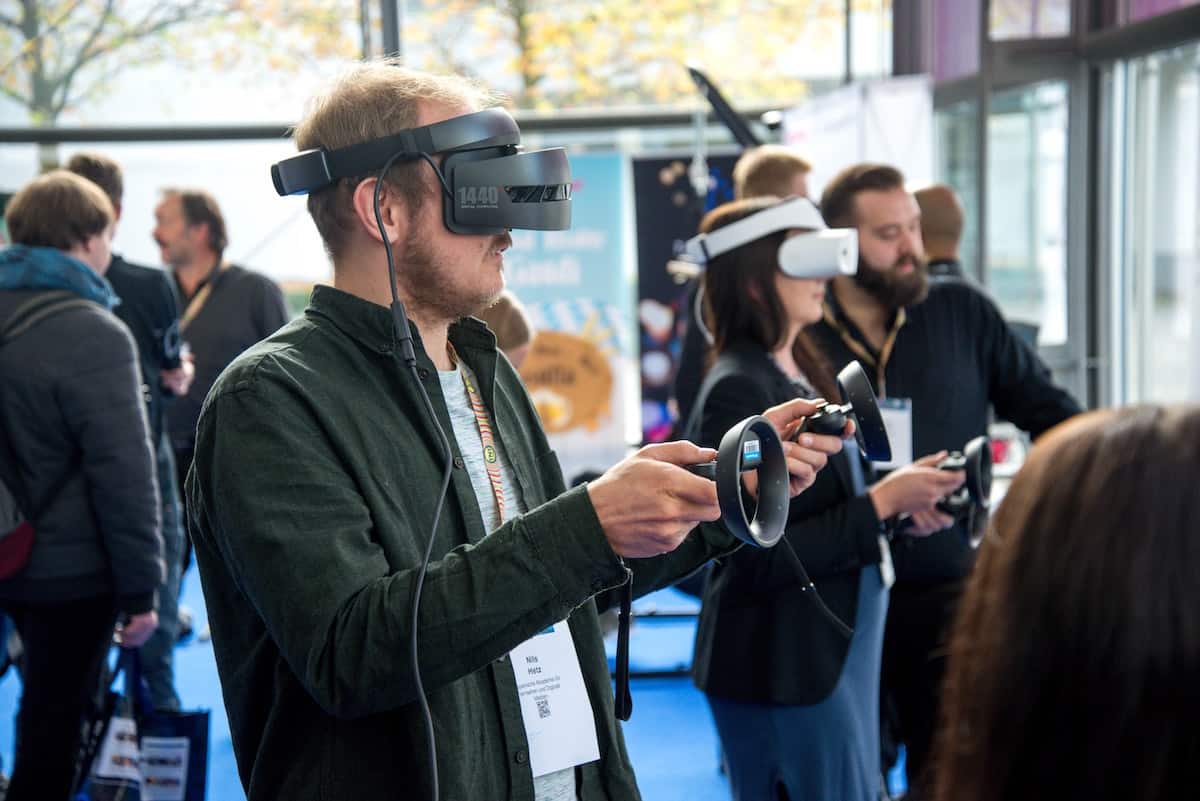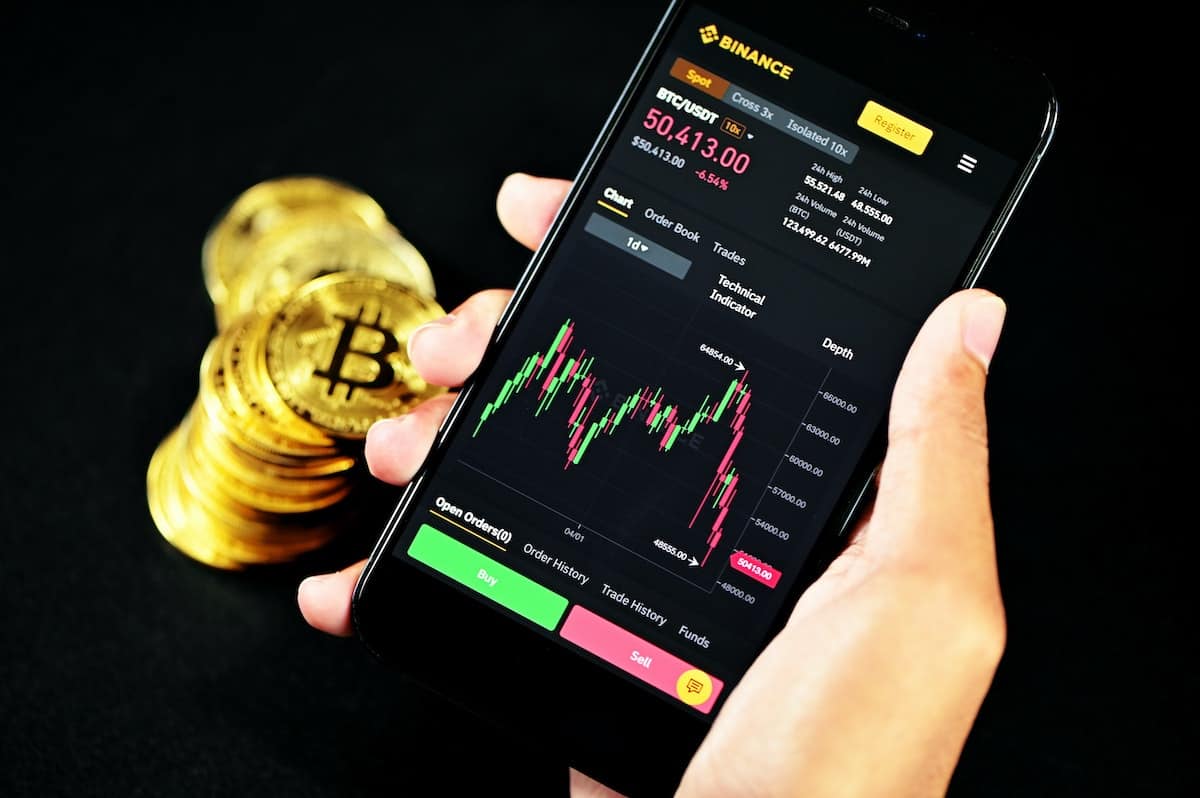Selfies, influencers and cancel culture: The words that didn't exist before they took over the world
Published on Mar 04, 2022 at 1:58 PM (UTC+4)
by Patrick Jackson
Last updated on May 19, 2022 at 5:32 PM (UTC+4)
Edited by
Patrick Jackson
Language is constantly evolving.
After all, we’re not still going around referring to everyone as “thee” and their possessions as “thine”.
Now you can’t go far without hearing someone talking about selfies with their bae, reading the Tweets of an influencer who fell victim to cancel culture, or buying an NFT using crypto.
Just where, when, and how did all these terms originate though?
And what do they mean exactly?
Influencer
From YouTube and Instagram to Facebook and more recently TikTok, influencers have arguably taken over the internet.
And as the name implies, influencers are regarded for the sway they hold over their audience.
They can rally their audiences to do anything from buying a certain product to voting for a certain political candidate and donating to a particular cause.
While the label could be applied to people already famous for acting or singing, other influencers are simply famous for being famous.
Regardless, they all play a role in influencing the tastes and opinions of all who view their content.
Tweet
Twitter founder Jack Dorsey may have named the SMS-based social media site due to the word’s definition of being “a short burst of inconsequential information,” but the tweets many people send out are far from inconsequential.
The chirps of thought and opinion – once limited to 140 characters, but now upped to 280 – have gone from inconsequential to becoming well-remembered memes, destroyers of reputation, and even evidence in court.
Hashtags were another thing that became common through Twitter and later adopted by other platforms, thanks to their ability to group subject matters together.
Selfie
With the advent of smartphones and the rapid rise of Instagram, what was once called a ‘vanity shot’ – a self-portrait, most typically taken with the front-facing camera on smartphones – became known as the selfie.
It was in 2013 that it hit a peak though, being named by Oxford Dictionaries as Word of the Year.
Since then, selfies have ascended to the point where if you went somewhere or to a certain event and didn’t take a selfie at it, it never happened.

Bae
Although technically an acronym that should be capitalised for grammatical correctness, bae is a true term of endearment.
Someone who comes ‘before anyone else’, it’s most typically applied to one’s significant other, being like a shortened version of ‘babe’.
Through rap lyrics, social media, and even viral memes, it’s an earworm of a word that’s commonplace in daily conversation now. A word of warning, though – if your lover is from Denmark, be weary to call them bae, as it means poop in Danish.

EV
In the late 2000s and even the very early 2010s, electric vehicles seemed like a completely distant concept.
Woeful range, mediocre performance, and a total lack of infrastructure made the EV appear doomed.
Since the Tesla Model S however, the electric revolution has taken off.
Every new car coming out these days is an EV, largely in part due to timelines placed on banning the sale of typical petrol-powered cars in many countries over the coming decades.
Tesla may still be the household name when it comes to EVs – and the Model S Plaid may be the fastest accelerating of the lot – but everyone from Porsche and BMW to Hyundai and Mazda now have EVs as part of their range.

Virtual reality
It might have been the preserve of the likes of NASA in the 1970s, and something reserved for imagination before that, but virtual reality is something now accessible from within our own living rooms.
Not only have devices like those from Oculus seen VR employed in the gaming space, but VR has also been employed as a journalistic tool.
With Facebooks rebranding as Meta, and Mark Zuckerberg’s vision of the Metaverse, virtual reality could be on its way to become a whole lot realer.
Cancel culture
Spurred on by the #MeToo movement against sexual abusers which birthed ‘call-out culture’ in 2017 and which still holds power today, the phrase cancel culture has gained popularity since 2019 and is aimed more broadly at stamping out any and all forms of offensive conduct and speech.
Emoji
Use of simple emoticons was commonplace online in the early 2000s, and the emoji was the next logical step. Originating in Japan as an addition to the Unicode standard – which handles how text, such as this article you’re reading, is displayed – the use and variety of emoji has expanded greatly since it was first added to Google’s Gmail and Apple’s iOS in 2008.
Today, we now have a range of skin tones for emoji displaying faces and hands, and new emoji are constantly introduced to raise awareness for causes.
The appearance of certain emoji has even allowed us to use these small images in place of words.
This is especially true in cases of innuendo – let’s just say that the eggplant emoji isn’t referring to an ingredient for making moussaka, nor does the peach represent the main ingredient in a cobbler.

Cryptocurrency
Bitcoin was the originator of what is now the huge cryptocurrency economy. A decentralised digital currency without a bank, government, or individual controlling it, Bitcoin could be sent from user to user with blockchain – a digital ledger – verifying and recording all transactions.
Since Bitcoin’s release in 2009, it has grown to the point 1 BTC is now worth more than US$40,000.
Since the creation of Bitcoin, there are now more than 12,000 cryptocurrencies in existence.
Cryptocurrency, like the stock market, is hugely reactive to current events – however, the crypto market is active 24/7.
NFT
The latest thing to take the internet by storm, a non-fungible token is a bit like a one-of-one digital trading card.
Like cryptocurrencies, NFTs are stored on a blockchain which acts as proof of ownership.
Unlike crypto, however, each NFT is individually identifiable, while each unit of cryptocurrency is not.
Everything from photos and artwork to music and games can be files linked to an NFT.
That’s why you’ve probably heard of people buying the original image file for memes as NFTs, or seen people setting the one-of-10,000 Bored Ape Yacht Club NFT drawing they own as their display picture.
DISCOVER SBX CARS: The global premium car auction platform powered by Supercar Blondie

A car zealot from a young age, Patrick has put his childhood spent obsessing over motoring magazines and TV shows to good use over the past six years as a journalist. Fuelled by premium octane coffee, he’s contributed to Finder, DriveTribe, WhichCar, Vehicle History and Drive Section.





